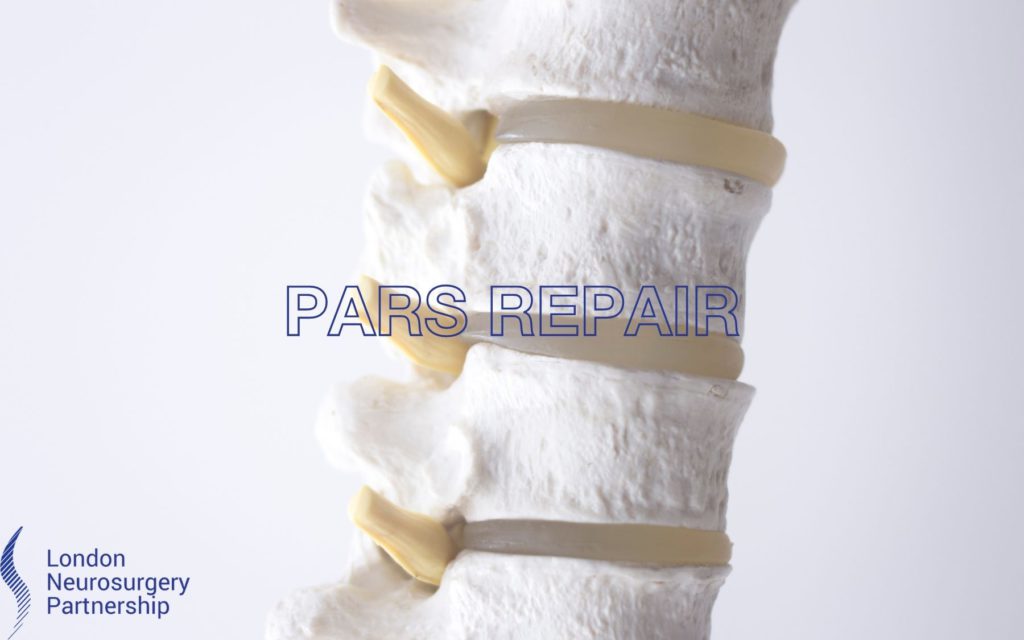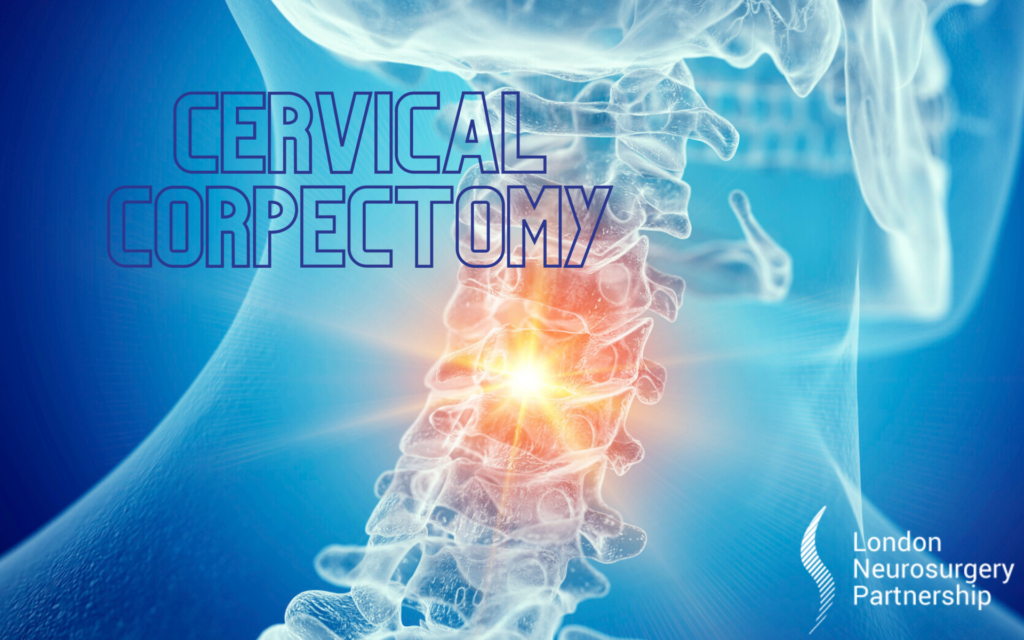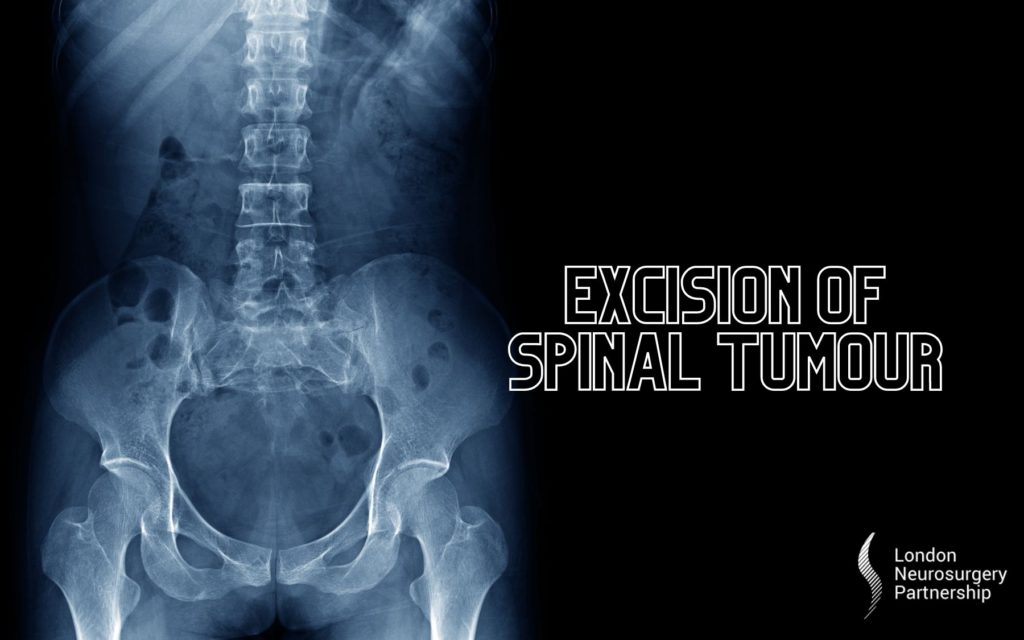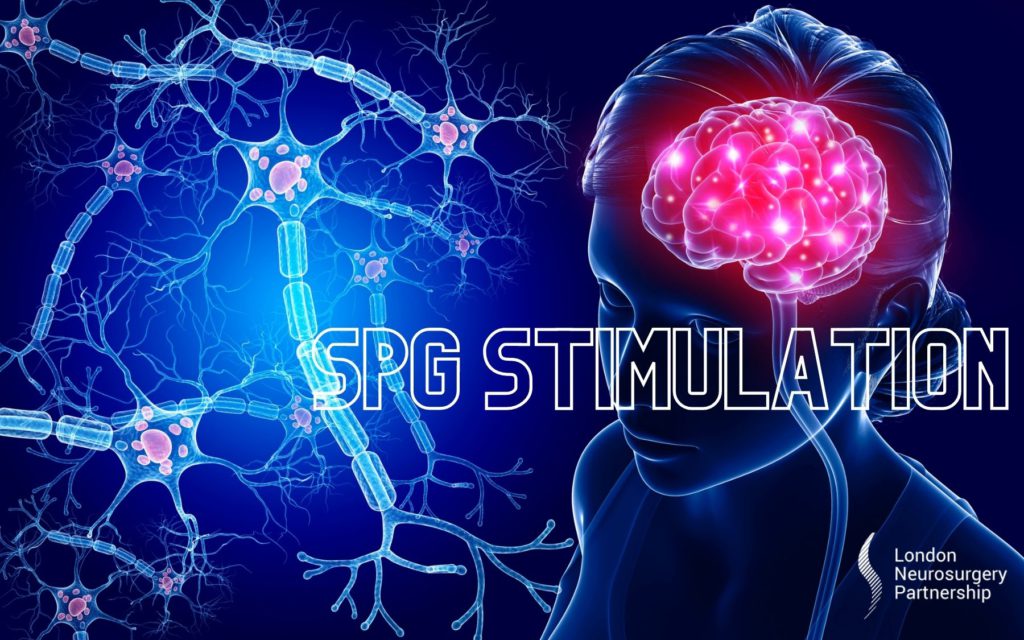
Pars repair is a surgical method to treat a pars defect, a condition that affects the lumbar (lower) spine. Treatment is required to stabilise portions of the lower and upper vertebrae (spine bones) that have become separated from repeated stress and strain. If left untreated a pars defect can lead to stress fractures, spondylolisthesis (slipping of the vertebrae), neurological symptoms and severe pain.
Candidates for surgery
Pars defect typically affects adolescents, with the majority of cases being 10-15 years old. Therefore, pars repair is normally carried out on younger people (under 25 years old) who do not have any damage to the associated spinal disc. The main cause of pars defect is when undue pressure is exerted on the pars interarticularis from activities such as gymnastics, athletics and weight lifting. If conservative treatment has failed, operative treatment in the form of pars repair surgery may particularly benefit adolescents who wish to return to a high level of physical activity.
What happens in the surgery
Pars repair surgery is normally carried out under general anaesthetic. A small incision is made in the lower back so the surgeon can access the affected vertebrae. The surgeon will use x-ray images of the spine as a guide to place screws across the two parts of vertebra that have been separated. This secures the vertebra in place which stabilises the bone and allows it to heal.
What to expect after surgery
Most people should expect to stay in hospital for up to one week after surgery. Movements may be minimal at first, however many people are able to stand and slowly walk the day after surgery. Some patients are required to wear a back brace to keep the vertebra in a fixed position.
When patients are discharged they still have the consultants support for pain relief medication and an ongoing rehabilitation programme. It is recommended to limit physical activity to gentle, low-impact movements in the first four to six weeks following surgery to aid healing.
This article is intended to inform and give insight but not treat, diagnose or replace the advice of a doctor. Always seek medical advice with any questions regarding a medical condition.





0 Comments